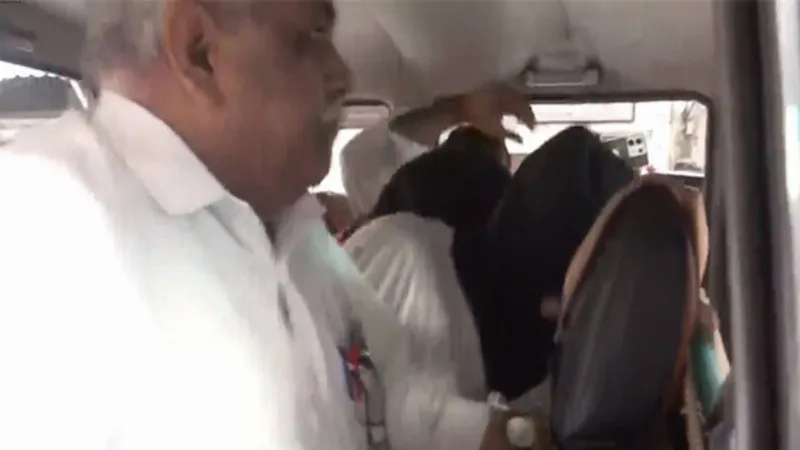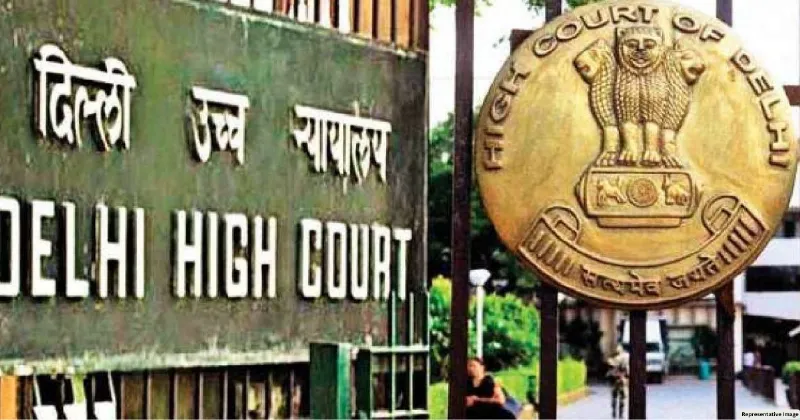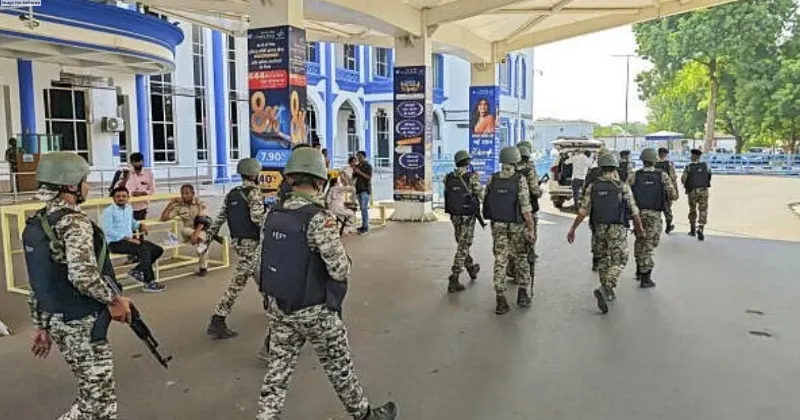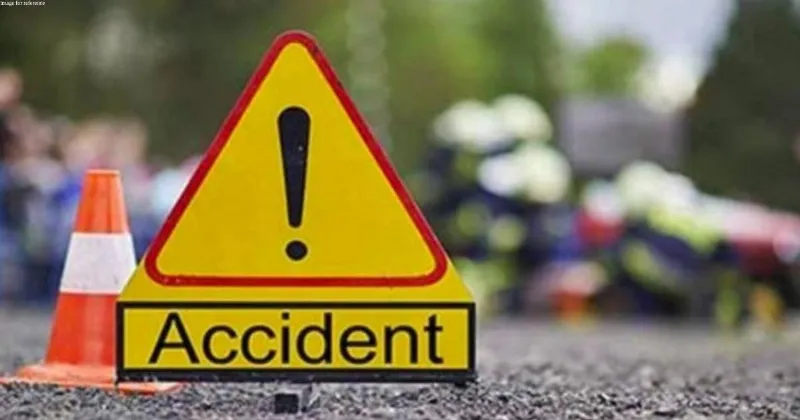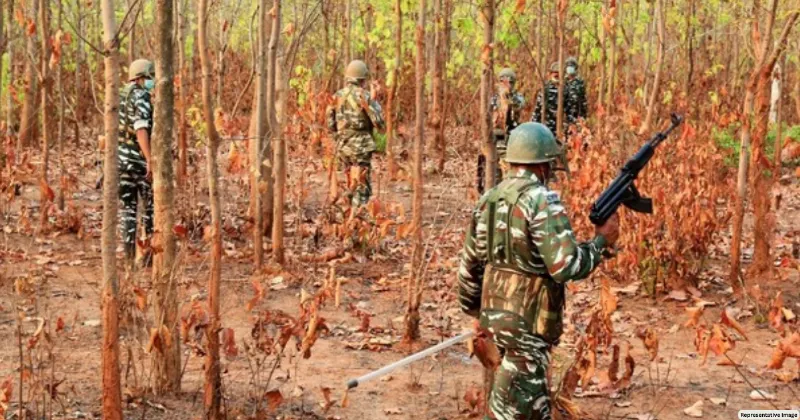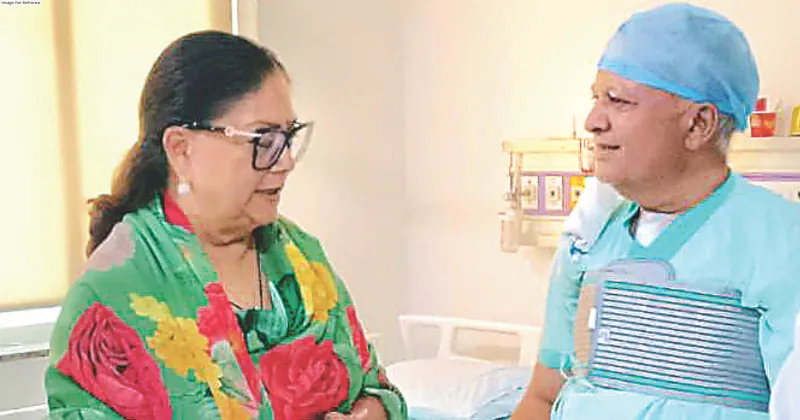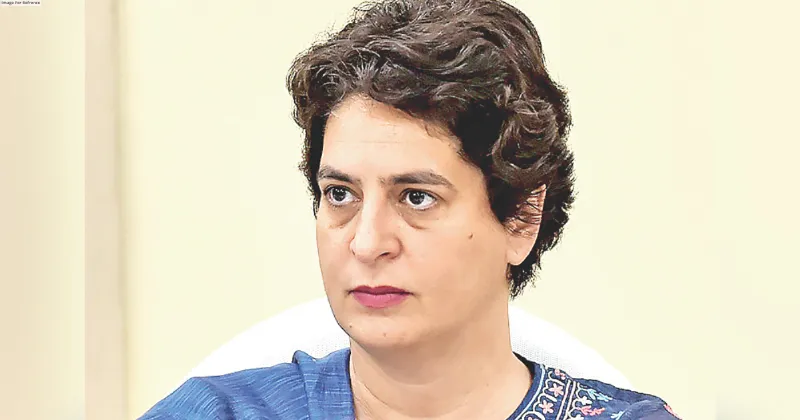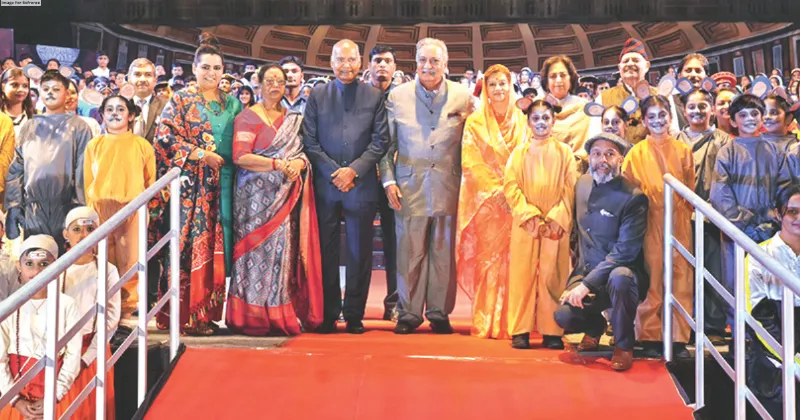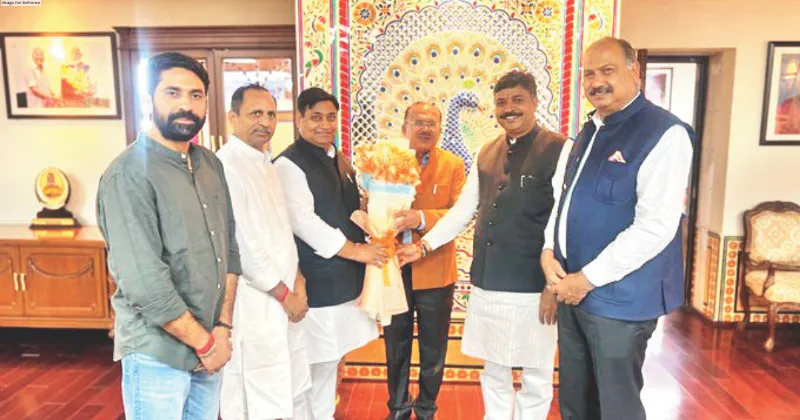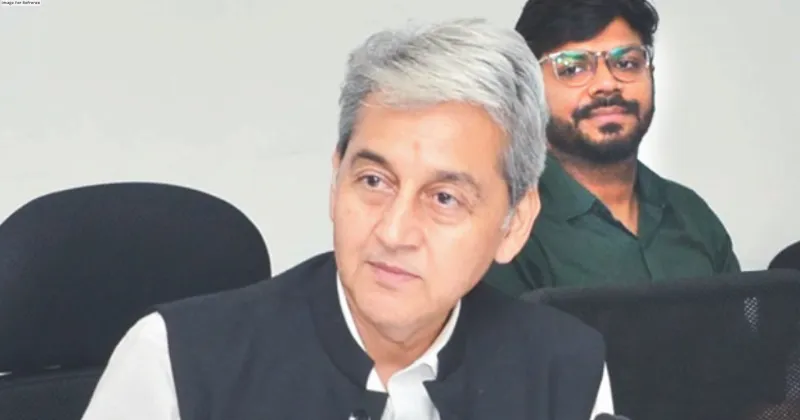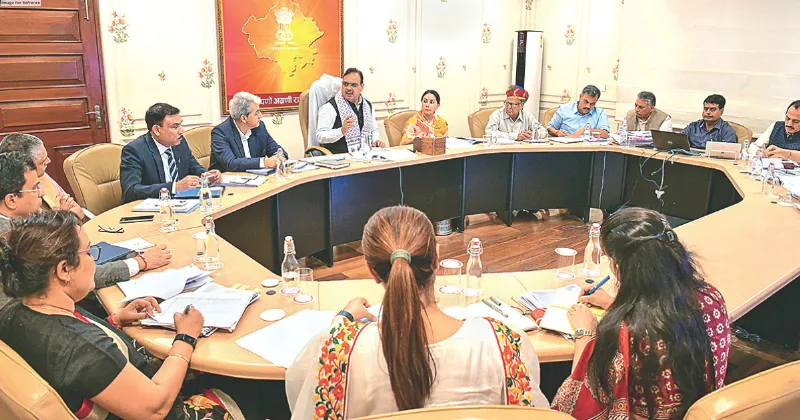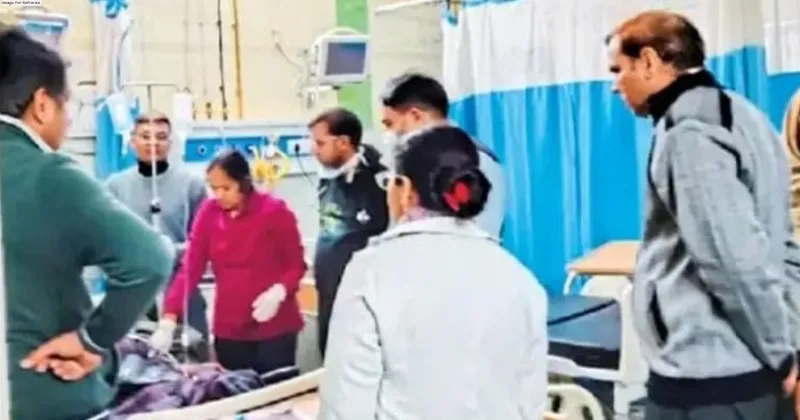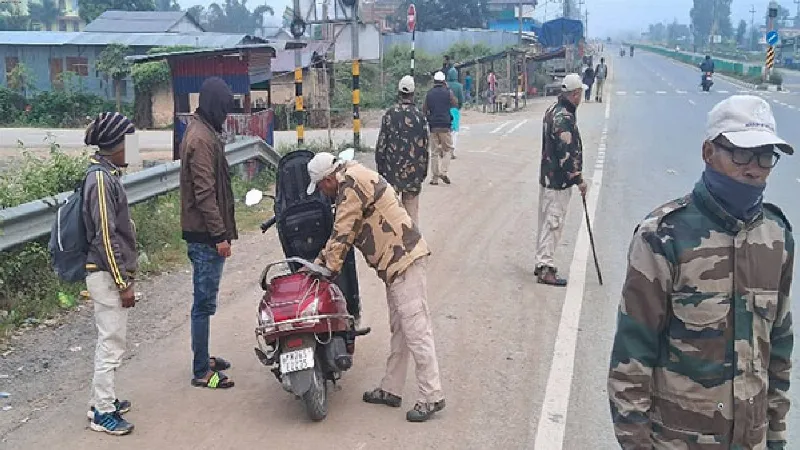Latest News
Green trees shade better than green nets

Jaipur: Jaipur Municipal Corporation’s noble gesture of providing relief to commuters from scorching heat, by putting green nets, is rather proving to be an eyesore, along with putting people’s safety at risk. These green nets at some traffic light signals are not only poorly secured but bamboos supporting them pose a threat of falling due to heavy winds and storms which can cause injuries to people.
As a city known for its scorching summers, Jaipur can greatly enhance its urban landscape and improve the quality of life for its residents through strategic tree planting.
First India is of the view that if JMC wants to provide a permanent solution to the problem, it can adopt Chandigarh model in which trees have been planted on both sides of roads and also in road medians. These trees not only provide permanent relief from scorching heat but they also go a long way in protecting environment.
As trees provide natural shade they can prove to be more effective and pleasant compared to artificial shade nets. The canopy of a tree not only blocks direct sunlight but also cools the air thereby reducing ambient temperature & creating a comfortable environment for pedestrians and motorists alike.
Additionally, by planting trees at intersections, the city can cut the harmful effects of vehicular pollution, making air cleaner and healthier.
Moreover, trees add aesthetic value to the urban environment and greenery at intersections can transform the city’s landscape, making it more visually appealing and psychologically soothing. Economic benefits also favour tree planting over artificial nets. While initial cost of planting and maintaining trees may be higher, trees have a longer lifespan and require less frequent replacement compared to shade nets.
To address this issue of public concern, First India advocates for a more sustainable approach, planting large trees near traffic lights to provide natural shade. By sourcing and planting 12–15-foot-tall trees at major intersections before monsoon, we can create shaded zones extending 50–100 meters. This solution not only offers more effective and permanent shade but also beautifies the city with lush, colourful foliage, enhancing the environment for both commuters and pedestrians.

